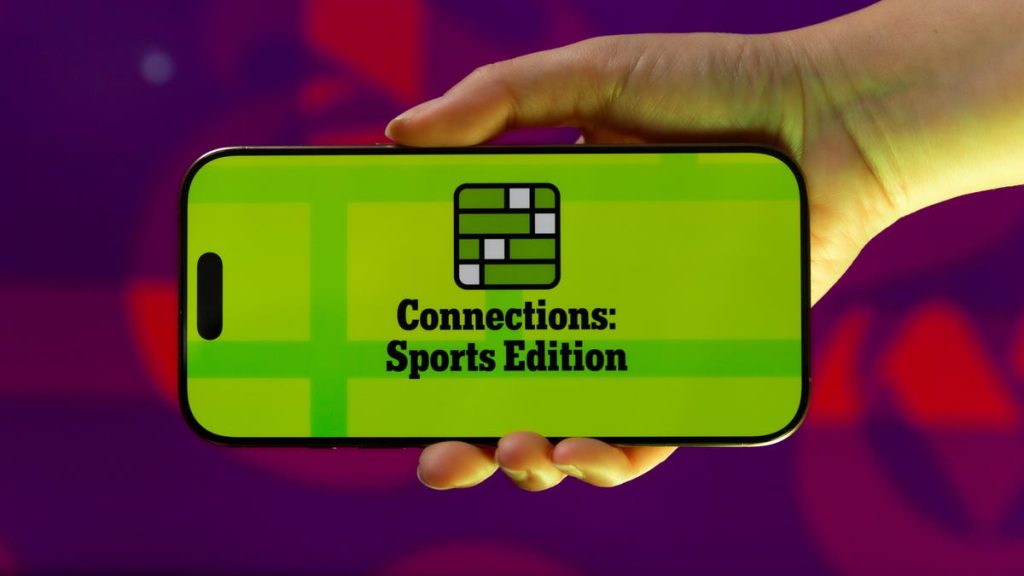This article discusses the New York Times’ Connections: Sports Edition game, a beta puzzle where players group four words into categories based on a shared connection. The article provides hints and solutions for the January 12, 2025 puzzle, along with a brief overview of the game’s current status.
The game is currently in its testing phase, offered free to players daily as the Times gauges its popularity. Its eventual inclusion in the NYT Games app hinges on its reception during this beta period. The puzzle’s format involves presenting players with sixteen words that need to be sorted into four groups of four, each sharing a common theme. The challenge lies in deciphering these thematic links, which can range from straightforward to more obscure.
The article offers hints to aid players struggling with the January 12th puzzle. These hints range in difficulty, mirroring the puzzle’s color-coded groups: yellow (easiest), green, blue, and purple (most challenging). For the yellow group, the hint is “You can beat them,” suggesting words associated with easy victories. The green group hint, “Cheerleaders have this,” points to words related to enthusiasm and energy. “O’Connell is another one” is the clue for the blue group, hinting at a connection to NFL head coaches. Finally, the purple group’s hint, “They were Volunteers,” suggests a link to the University of Tennessee.
The article then reveals the answers for each group, elaborating on the connecting themes. The yellow group (“easy opponent”) consists of “breeze,” “cupcake,” “pushover,” and “tomato can,” all terms used to describe weak opposition in sports. The green group (“spirit”) comprises “gusto,” “verve,” “vigor,” and “zeal,” words synonymous with energy and enthusiasm. The blue group (“NFL head coaches”) features “Bowles,” “Campbell,” “Quinn,” and “Ryans,” the last names of current or recent NFL head coaches. Lastly, the purple group (“Tennessee alumni”) reveals “Helton,” “Manning,” “Parker,” and “Witten,” all former students of the University of Tennessee who went on to achieve prominence in sports.
The author acknowledges their personal struggle with the puzzle, particularly with identifying the college affiliations of certain athletes, highlighting the challenge posed by the purple group. This personal anecdote adds a relatable dimension to the article, acknowledging that even seasoned puzzle solvers can find these connections tricky. The article serves as a guide for players seeking assistance, offering hints and ultimately revealing the solutions.
Beyond providing answers, the article sheds light on the evolving landscape of online games, where new offerings are constantly being tested and refined based on user engagement. The Connections: Sports Edition game represents the New York Times’ foray into this dynamic environment, experimenting with new formats to expand their repertoire of online puzzles and attract a broader audience of sports enthusiasts. The beta testing phase allows for valuable feedback and adjustments before a potential permanent launch. This approach underscores the importance of user engagement and data-driven decision-making in the development and sustainability of online games.










